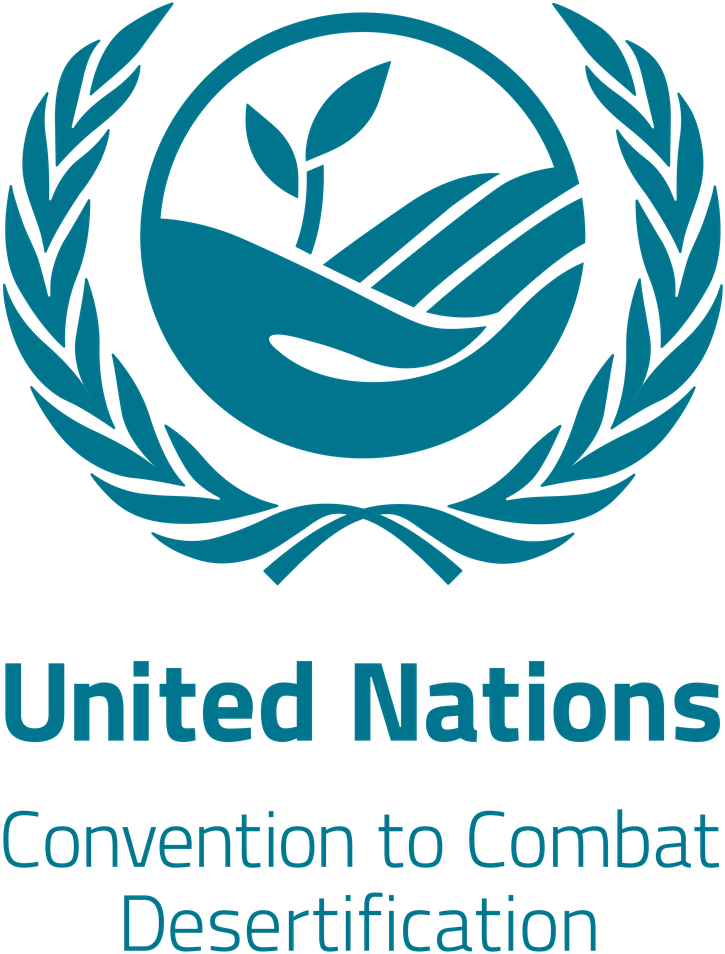what we do
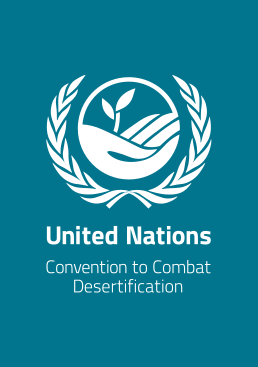

Building a sustainable world
We are committed to creating a sustainable future by working towards achieving the United Nations Sustainable Development Goals (SDGs). Lignaverda focuses on reforestation of degraded areas and sustainable land use practices to improve the environment and community livelihoods. We aim to contribute to achieving several SDGs such as reducing poverty, combating climate change, protecting biodiversity, promoting sustainable consumption and production, and strengthening partnerships for sustainable development. Join us in our journey towards a greener, healthier, and more sustainable planet!

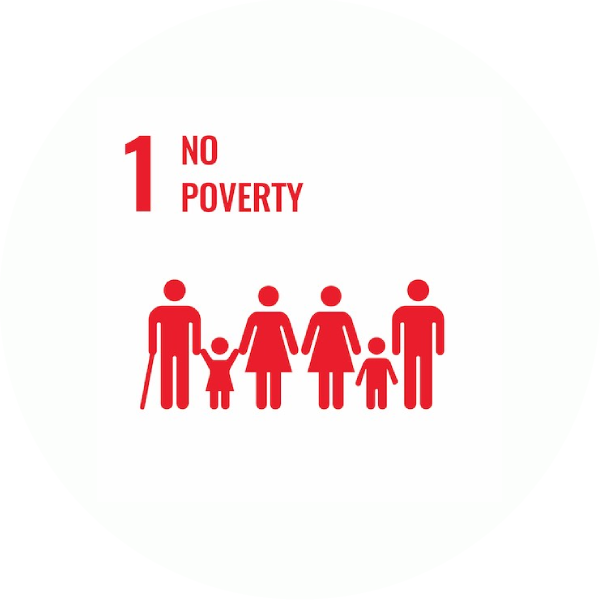
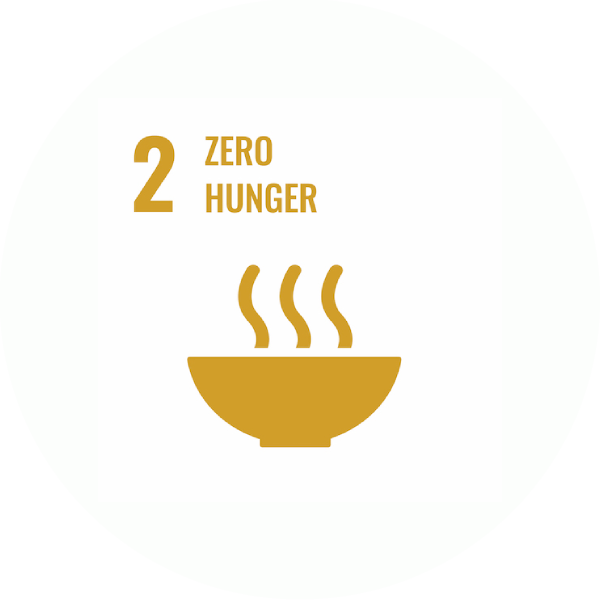
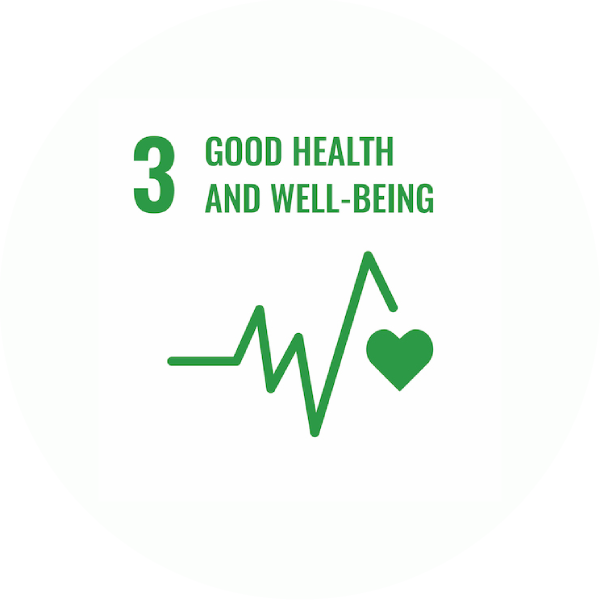
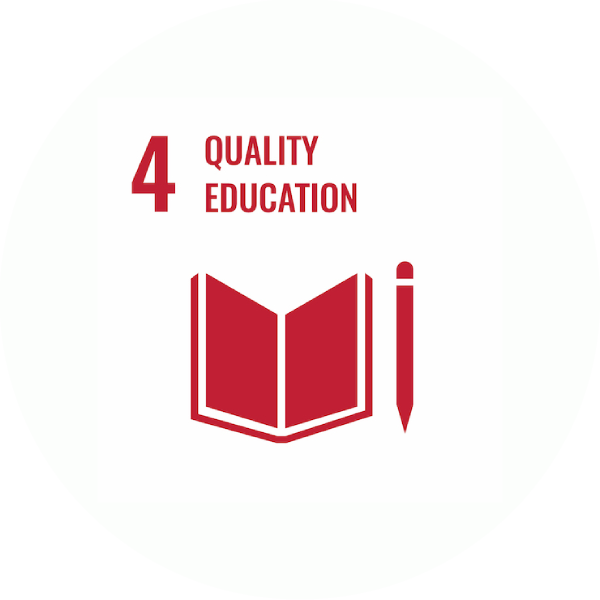
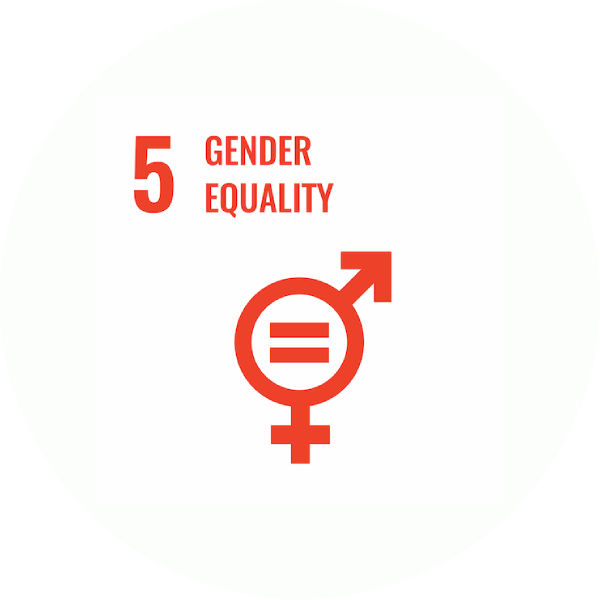
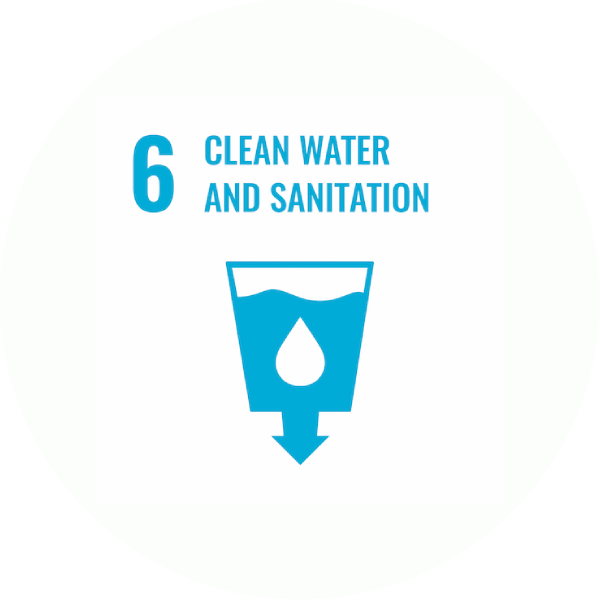
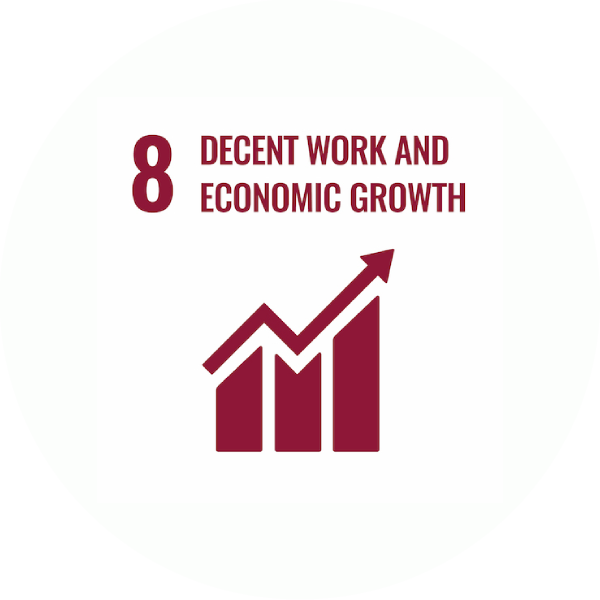
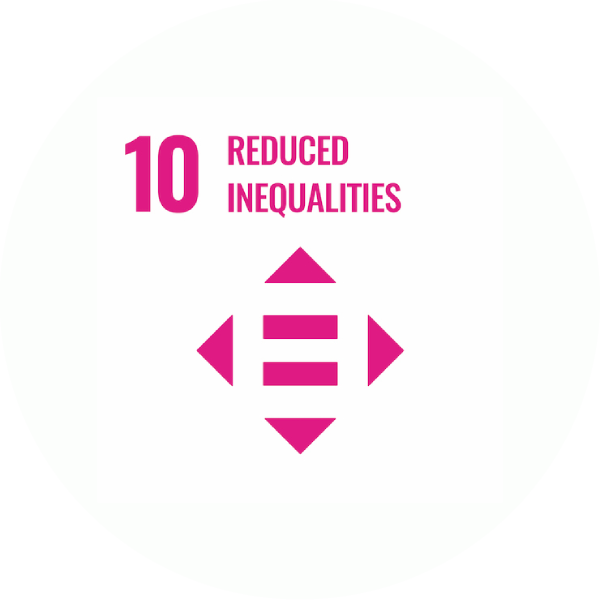
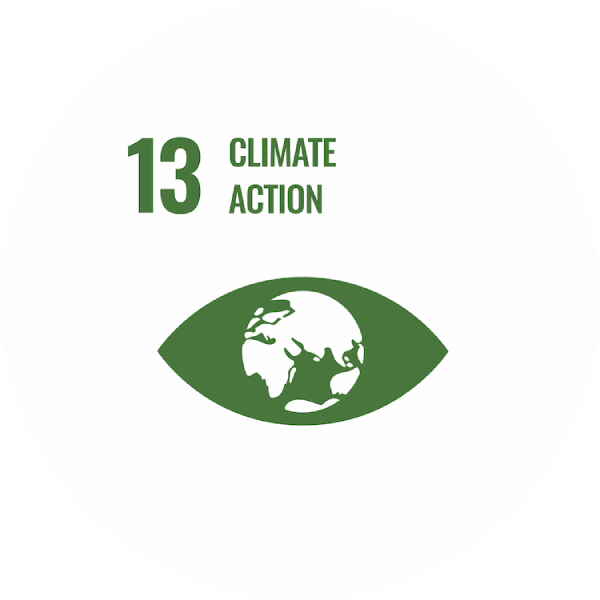
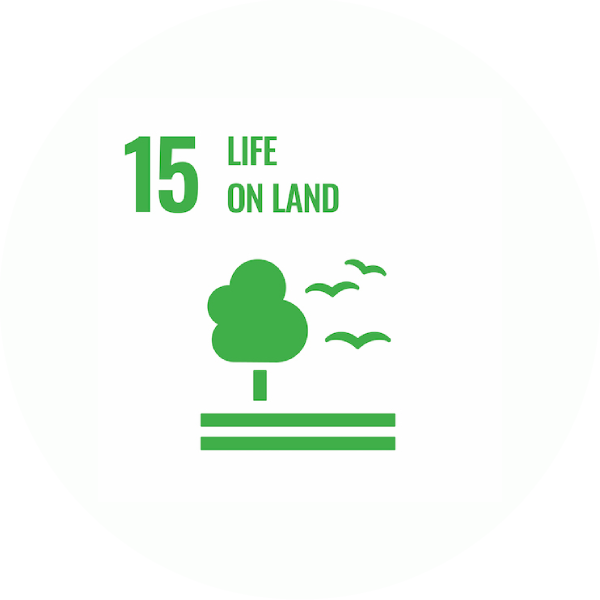
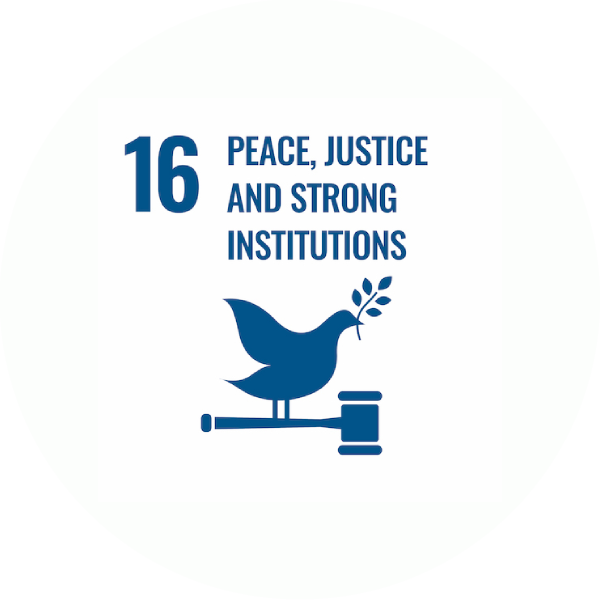
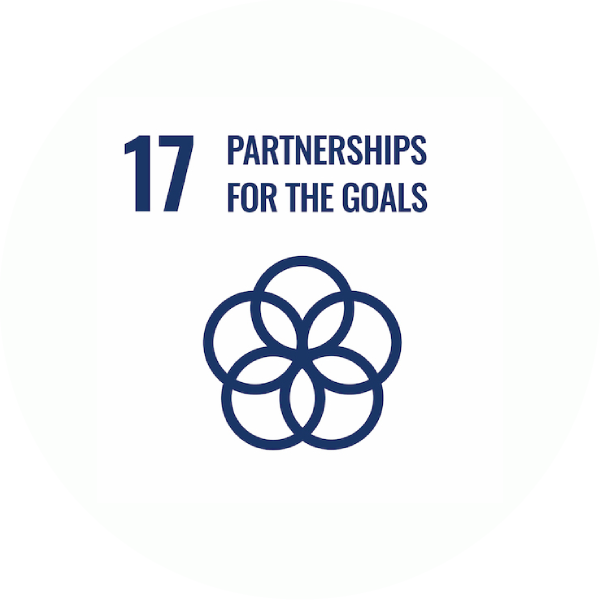
Desertification is stopped
Lignaverda plays a crucial role in mitigating the effects of climate change. Trees absorb carbon dioxide from the atmosphere, helping to regulate the Earth’s climate. By planting trees in deforested areas, we are creating carbon sinks and restoring natural ecosystems, which in turn helps to mitigate global warming. In addition, our reforestation activities also promote sustainable land use practices, such as agroforestry, which has been proven to be effective in adapting to climate change.

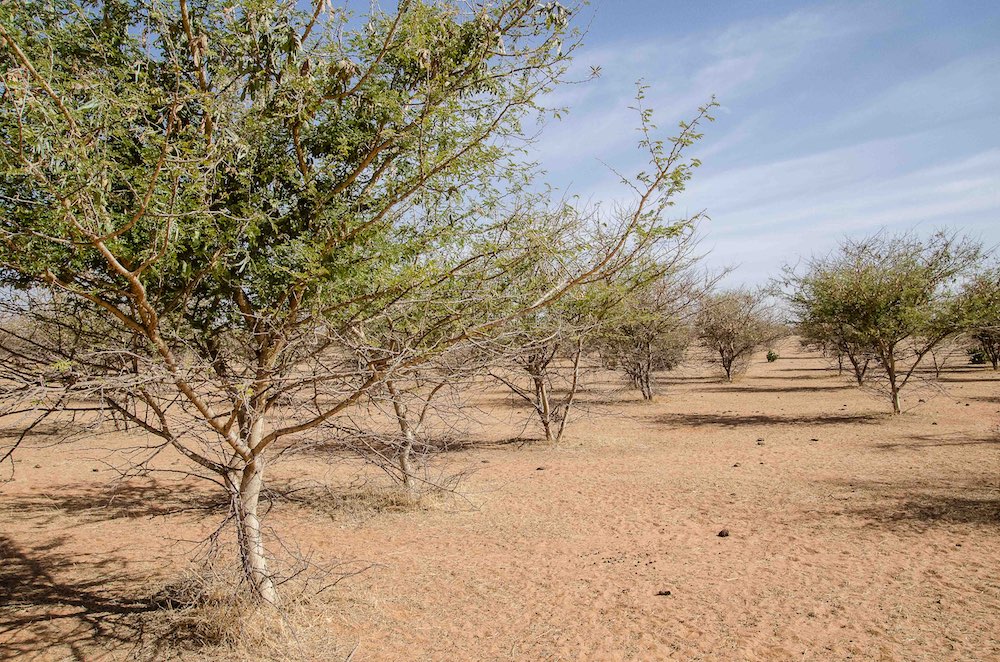
Better water management
Vegetation improves soil permeability resulting in more rainwater infiltration and reduced runoff. This enhances vegetation growth which further improves soil permeability. This upward cycle of rainwater capture reduces the need of irrigation which typically is taken out of the fossil water layers. We thus secure this fossil water for future generations.

More biodiversity
Biodiversity increases enormously following afforestation. Ants, termites, birds, the Sulcata tortoise (a threatened animal), rabbits, hares, other small rodents… Even the wild cat and the hyena, which have often disappeared from degraded landscapes, return to their original habitat when trees are planted.

Food for everyone
Soil vegetation cover improves soil water and nutrient retention capacity which greatly enhances the opportunities for agroforestry production. Crops make use of the cooler temperatures and the improved soil fertility in agroforestry systems. Agroforestry is therefore an important contributor to food security. Furthermore, as livestock finds sufficient fodder in the new forests, they no longer damage crop fields, which reduces conflicts between farmers and nomadic herders.



Blooming young economy
Vegetables, grass, fruits and herbs are sold on the local markets. Cattle yields more meat which increases the value of each livestock unit. Production of honey or gum as well as the processing of non-timber forest products such as Balanites oil, creates economic opportunities that significantly contribute to the family income.




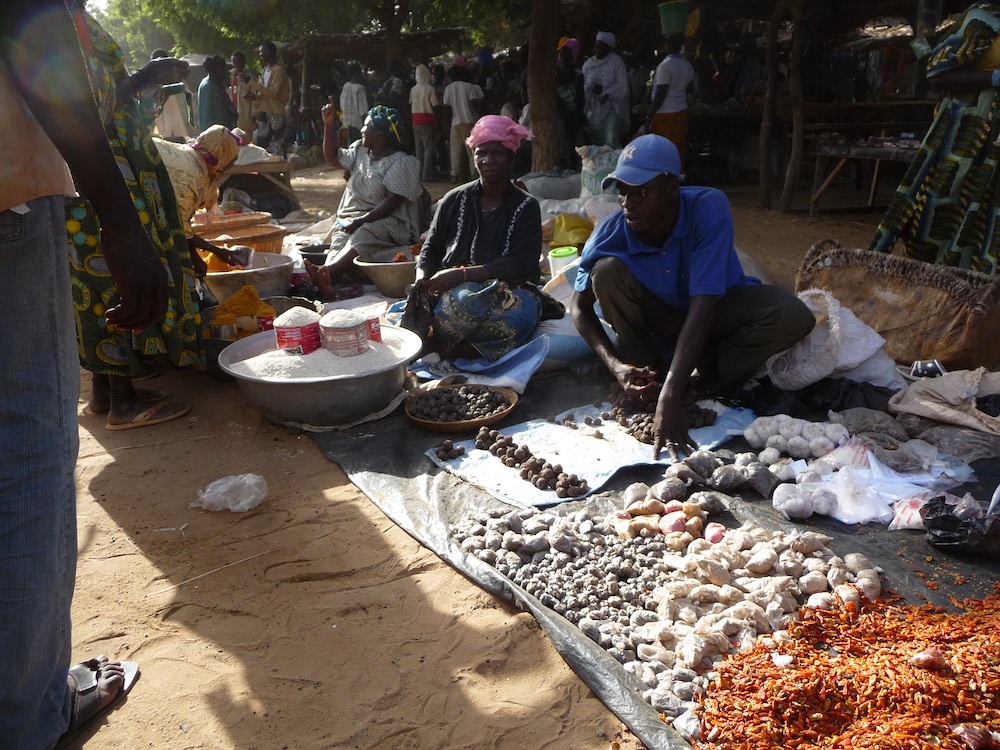
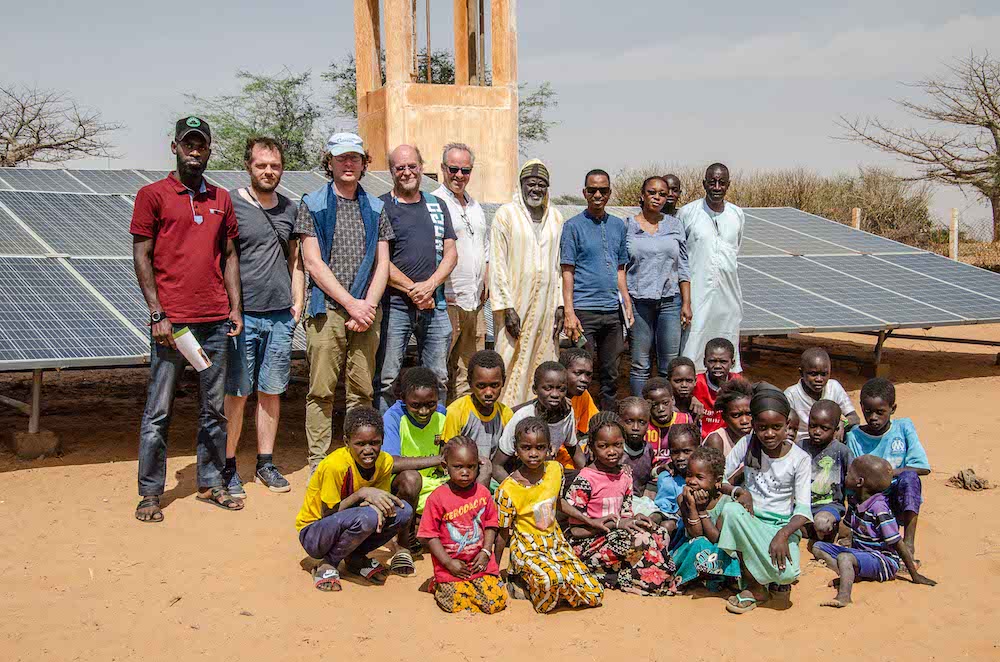
Better chances thanks to education
Improved family income provide them with the means to afford the school money for their children. Education breaks the vicious circle of poverty. The young generation can now build their own future.


Women entrepreneurship
The labor on the land is greatly depending on women. Women are paid for collecting and sowing the tree seeds and are encouraged to participate in economic forest valorization initiatives. They thus gain financial independence, and get more to say in the decisions made at village level.


